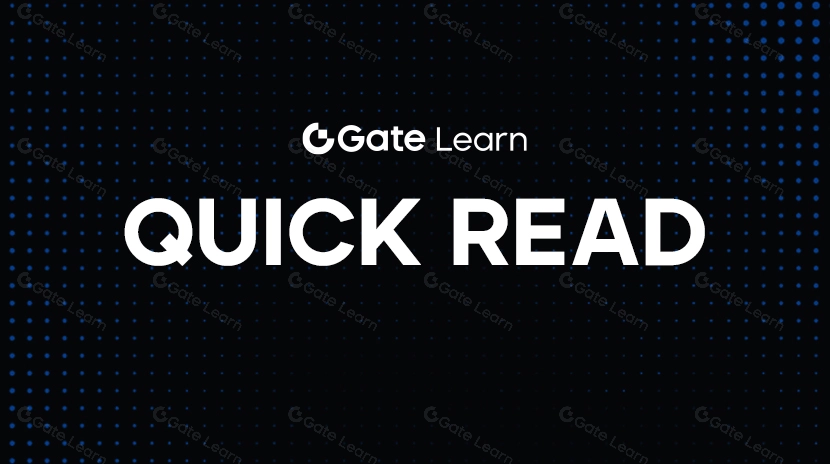Monad là gì?
Lời nói đầu
Trong ngành công nghiệp blockchain đang phát triển nhanh chóng ngày nay, việc mở rộng vẫn là một điểm đau lớn đối với cả các nhà phát triển và người dùng. Từ tình trạng quá tải của Ethereum đến sự đối đầu của các blockchain Layer 1 khác, chúng ta luôn tìm kiếm một giải pháp nhanh chóng, ổn định và tương thích. Monad, một blockchain Layer 1 hiệu suất cao, tương thích với Ethereum đang trở thành một chủ đề nóng được các nhà phát triển quan tâm.
Monad là gì?

Monad không phải là một chuỗi Layer 2 được xây dựng trên chuỗi khác, mà thay vào đó là một chuỗi Layer 1 hoàn toàn độc lập. Điều này có nghĩa là nó hoạt động trên cơ sở hạ tầng của riêng mình và không phụ thuộc vào Ethereum mainnet, nhưng vẫn cung cấp tính tương thích mượt mà với Ethereum Virtual Machine (EVM). Đối với các nhà phát triển, việc xây dựng trên Monad cũng đơn giản như xây dựng trên Ethereum, nhưng với những lợi ích bổ sung như xử lý giao dịch nhanh hơn, phí thấp hơn và trải nghiệm người dùng ổn định hơn. Các nhà phát triển có thể di dời các ứng dụng phi tập trung hiện có sang Monad mà không cần sửa đổi mã hợp đồng thông minh của họ, làm cho nó trở thành một lựa chọn đặc biệt hấp dẫn đối với các dự án muốn mở rộng vào thị trường mới.
Hiệu suất cao của Monad
Khi nói về hiệu suất blockchain, hầu hết mọi người ngay lập tức nhìn vào TPS (giao dịch mỗi giây). Monad có thể xử lý lên đến 10.000 giao dịch mỗi giây, xếp hạng trong số các blockchain có hiệu suất cao nhất trong ngành công nghiệp. Để so sánh, Ethereum hiện tại xử lý khoảng 15-30 TPS, và ngay cả với các giải pháp Layer 2 như Arbitrum hoặc Optimism, hiệu suất vẫn có thể bị ảnh hưởng bởi tắc nghẽn mạng hoặc phức tạp của hợp đồng. Monad, ngược lại, được thiết kế theo cách tự nhiên cho hiệu suất cao mà không phụ thuộc vào các lớp mở rộng bổ sung. Điều này khiến nó trở thành cơ sở hạ tầng lý tưởng cho các trường hợp sử dụng tần suất cao như các nền tảng DeFi quy mô lớn, trò chơi, thị trường NFT và ứng dụng xã hội.
Cách thức hoạt động của Monad
Ngoài TPS, thời gian hoàn thành giao dịch cũng là yếu tố quan trọng trong trải nghiệm người dùng. Monad áp dụng cơ chế hoàn thiện giao dịch một lần, cho phép khối được tạo và hoàn thiện trong vòng một giây. Điều này có nghĩa là mỗi giao dịch được xác nhận gần như ngay lập tức sau khi nộp, loại bỏ nhu cầu phải chờ đợi nhiều khối hoặc lo lắng về việc lăn chuỗi. Sự hoàn thành gần như tức thì này mang lại lợi thế đáng kể cho các ứng dụng đòi hỏi hiệu suất thời gian thực và bảo mật cao, như giao dịch DeFi hoặc môi trường chơi game.
Tương thích EVM
Hiện nay, trên thị trường đã có khá nhiều chuỗi khối Layer 1 tương thích với EVM hiệu suất cao như Avalanche, Fantom và BNB Chain, nhưng điều làm cho Monad nổi bật là cam kết sâu sắc hơn đến sáng tạo hiệu suất bằng cách viết lại toàn bộ ngăn xếp thực thi chuỗi khối từ đầu thay vì tối ưu hóa một phần trong các lĩnh vực như cơ chế đồng thuận hoặc động cơ thực thi, điều này cho phép Monad vượt xa việc chỉ nhanh hơn Ethereum và thay vào đó trở thành cơ sở hạ tầng cơ bản thực sự có khả năng hỗ trợ ứng dụng Web3 quy mô lớn.
Làm thế nào Monad khác biệt so với các Blockchain Layer 1 khác
Hiện nay trên thị trường đã có khá nhiều blockchain Layer 1 tương thích với EVM có hiệu suất cao như Avalanche, Fantom và BNB Chain, nhưng điều làm cho Monad nổi bật là cam kết sâu đậm hơn đối với sự đổi mới về hiệu suất bằng cách viết lại hoàn toàn ngăn xếp thực thi blockchain từ đầu thay vì thực hiện tối ưu một cách một phần trong các lĩnh vực như cơ chế đồng thuận hoặc bộ máy thực thi, điều này cho phép Monad vượt xa việc chỉ đơn giản là nhanh hơn Ethereum và thay vào đó trở thành cơ sở hạ tầng cơ bản thực sự có khả năng hỗ trợ ứng dụng quy mô Web3.
Tại sao các nhà phát triển nên chú ý đến Monad
Nếu bạn là một nhà phát triển, đây là một số lý do tại sao Monad nên thu hút sự chú ý của bạn:
- Dễ bắt đầu: Hoàn toàn tương thích với EVM, vì vậy không cần phải viết lại mã của bạn hoặc thay đổi công cụ phát triển của bạn.
- Chi phí triển khai thấp: Hiệu suất cao của nó dẫn đến việc giảm phí gas, giúp tăng trưởng người dùng.
- Trải nghiệm người dùng tốt hơn: Thời gian khối một giây và sự hoàn tất giao dịch ngay lập tức khiến nó trở nên hoàn hảo cho các ứng dụng đòi hỏi tương tác thời gian thực.
- Mở rộng: TPS cao cho phép nhiều ứng dụng chạy đồng thời, giảm nguy cơ tắc nghẽn hoặc hạn chế hiệu suất.
Những tính năng này làm cho Monad trở thành môi trường lý tưởng để xây dựng thế hệ tiếp theo của các ứng dụng blockchain, cho dù bạn đang bắt đầu một dự án mới hay di dời một dự án hiện có.
Trải nghiệm người dùng được cải thiện
Nhiều người dùng của Ethereum hoặc các blockchain khác thường gặp vấn đề như giao dịch bị kẹt và phí gas tăng vọt, đặc biệt là trong những thời kỳ bận rộn như lúc ra mắt NFT hoặc các sự kiện DeFi lớn. Với sự kết hợp của Monad giữa TPS cao và tính kết thúc trong một khe cắm duy nhất, những vấn đề này được giảm thiểu đáng kể, có nghĩa là:
- Phí trở nên dễ dự đoán và hợp lý hơn
- Các giao dịch được hoàn thành mà không cần thời gian chờ đợi dài
- Các ứng dụng phản hồi mượt mà hơn và cảm giác sử dụng nhanh hơn
Theo một cách nào đó, điều này không chỉ là một bản nâng cấp hiệu suất - đó là một bước tiến quan trọng hướng tới việc làm cho trải nghiệm người dùng blockchain trở nên giống như Web2 nhiều hơn.
Tiềm năng tương lai của Monad
Mặc dù Monad vẫn đang ở giai đoạn đầu, triết lý thiết kế và tiềm năng kỹ thuật của nó đã thu hút sự chú ý của cả nhà phát triển và nhà đầu tư. Nếu Monad có thể tiếp tục hút DApps chất lượng cao và xây dựng một hệ sinh thái phát triển mạnh mẽ, nó có cơ hội mạnh mẽ để phát triển thành một nền tảng Layer 1 mẫu mực phát triển song song với Ethereum. Đặc biệt là khi Web3 ngày càng đòi hỏi ứng dụng quy mô lớn, một chuỗi có thể xử lý lưu lượng giao dịch cao mà không cần hi sinh tính tương thích sẽ là một lựa chọn không thể bỏ qua đơn giản.
Kết luận
Khi các ứng dụng blockchain di chuyển đến việc được sử dụng phổ biến, hiệu suất và khả năng mở rộng đã trở thành yêu cầu không thể thương lượng, và sự xuất hiện của Monad đã giải quyết những thách thức cốt lõi này trong khi cung cấp cho nhà phát triển và người dùng một lựa chọn nhanh hơn, hiệu quả hơn và dễ tiếp cận hơn.
Bài viết liên quan
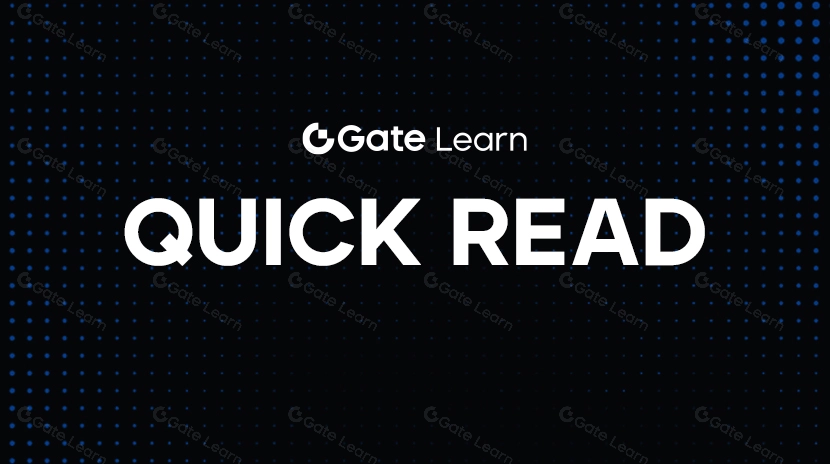
Hướng dẫn Xác minh KYC Pi Coin: Làm thế nào để vượt qua nhanh chóng

Dự đoán giá Solana năm 2025: SOL có thể đi lên cao đến đâu?
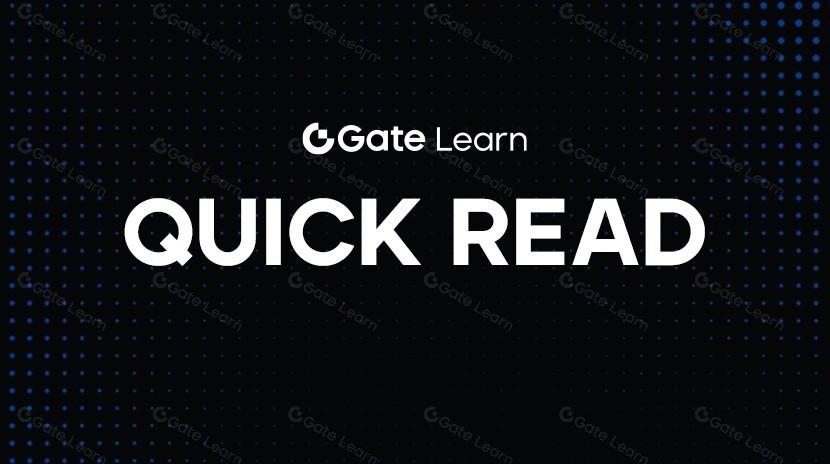
Hiểu về đồng tiền Baby Doge trong một bài viết
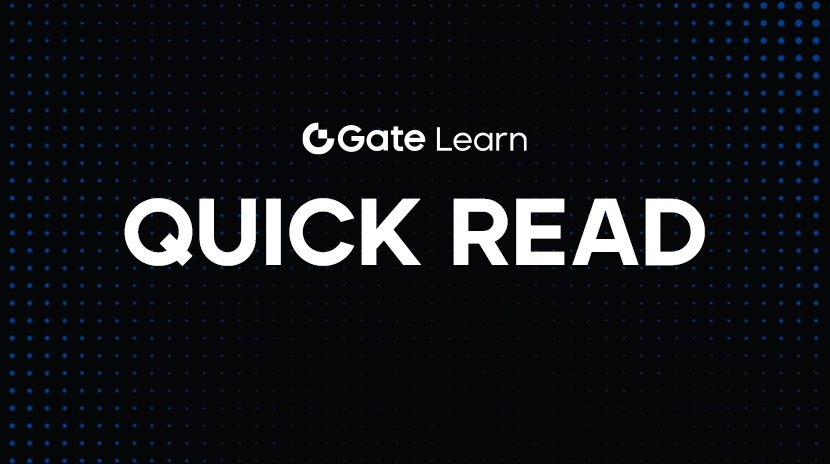
Những diễn biến mới nhất của Cardano (ADA)
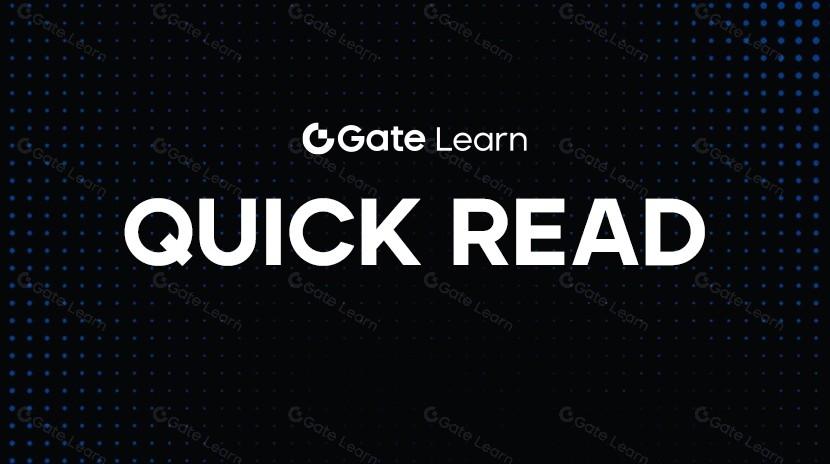
Giá trị PI Crypto: Ra mắt Mạng chính vào ngày 20 tháng 2 năm 2025 & Dự đoán giá trong tương lai
